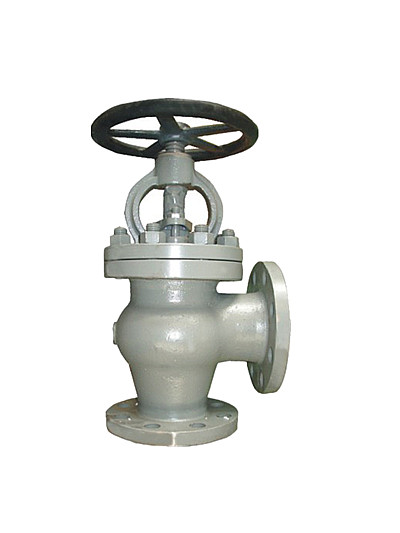gate valve wheel handle
ball valve or gate valve

March 18, 2024 by Brina
In general, a 3-piece ball valve controls the flow of fluid by using a rotating ball inside its body.
The simple yet effective design makes it easy to operate, maintain, and adapt to different industrial needs.
Whether it’s opening to allow fluid through or closing to stop the flow, the 3-piece ball valve is a crucial component in many fluid control systems.
Read on, this article discusses how a three-piece ball valve works.
Table of Contents
Toggle
- How a 3 Piece Stainless Steel Ball Valve Works in Various Applications
- 1. Basic Structure
- 2. Open and Closed Positions
- Closed Position
- Open Position
- 3. Handle Control
- 4. Sealing Mechanism
- 5. Versatile Flow Control
- 6. Maintenance and Repairs
- 7. Bi-Directional Flow
- 8. Materials Matter
- When to Use Three Piece Ball Valves
- 1. Maintenance and Repairs
- 2. Versatile Flow Control
- 3. Bi-Directional Flow Requirements
- 4. Chemical Resistance
- 5. Flexible Installation and Modification
- 6. High-Pressure Applications
- 7. Where Space Is Not a Constraint
- Conclusion
How a 3 Piece Stainless Steel Ball Valve Works in Various Applications
To better understand a three-piece ball valve
1. Basic Structure
A 3-piece ball valve consists of three main parts: a body and two end caps, all held together by bolts. Inside the valve, there’s a round ball with a hole through its center.
2. Open and Closed Positions
Closed Position
In the closed position, the ball is turned so that the hole is perpendicular to the flow of the pipe. This blocks the flow of fluid, preventing it from passing through.
Open Position
To open the valve, the ball is rotated 90 degrees, aligning the hole with the pipe. This allows fluid to flow smoothly through the valve.
3. Handle Control
The valve has a handle outside the body, connected to the ball inside.
Turning the handle moves the ball, changing the valve’s position from open to closed or vice versa.
4. Sealing Mechanism
When the valve is closed, the ball creates a tight seal against the valve body and end caps. This ensures no fluid can leak through the valve.
5. Versatile Flow Control
A 3-piece ball valve is designed for versatile flow control.
The round shape of the ball and its ability to rotate make it effective in regulating the amount of fluid passing through the valve.
6. Maintenance and Repairs
The “3-piece” design allows for easy maintenance.
By removing the bolts, the valve can be taken apart into three pieces for cleaning or replacing specific components.
7. Bi-Directional Flow
The design allows for fluid flow in both directions, making the valve versatile in various applications.
8. Materials Matter
These valves are often made of stainless steel, which is corrosion-resistant and suitable for different environments.
When to Use Three Piece Ball Valves
Choosing the right valve depends on the specific needs and conditions of the application at hand, such as the following.
1. Maintenance and Repairs
Use Case: When regular maintenance and easy repairs are essential
Three-piece ball valves can be disassembled into three parts, facilitating straightforward maintenance and the replacement of specific components without removing the entire valve from the pipeline.
2. Versatile Flow Control
Use Case: When you need precise control over the flow of fluids
The design of three-piece ball valves allows for versatile flow control, making them suitable for applications where regulating the amount of fluid passing through is crucial.
3. Bi-Directional Flow Requirements
Use Case: When fluid flow needs to be in both directions
Three-piece ball valves are designed to allow fluid flow in both directions, making them versatile for applications where the direction of fluid movement may change.
4. Chemical Resistance
Use Case: When dealing with corrosive substances or chemicals
Materials like stainless steel, commonly used in three-piece ball valves, provide corrosion resistance, making them suitable for handling various chemicals without degrading over time.
5. Flexible Installation and Modification
Use Case: When you need flexibility in the installation or modification of existing systems
Three-piece ball valves can be separated from the pipeline without disrupting the entire system, allowing for convenient installation and modifications in existing piping systems.
6. High-Pressure Applications
Use Case: When dealing with high-pressure fluid systems
While there are limitations, three-piece ball valves made from durable materials like stainless steel can handle high-pressure applications in various industries.
7. Where Space Is Not a Constraint
Use Case: In applications where space is not a limiting factor
The design of three-piece ball valves may require more space compared to compact valves, making them suitable for applications where space constraints are not critical.
Conclusion
While most ball valves are created with general specifications, there are valve manufacturers like Xintai that strive for quality and development at the same time.
Founded in 1998, Xintai is a reliable and fast-moving valve manufacturer in China that annually produces an average of 270,000+ industrial valve units.